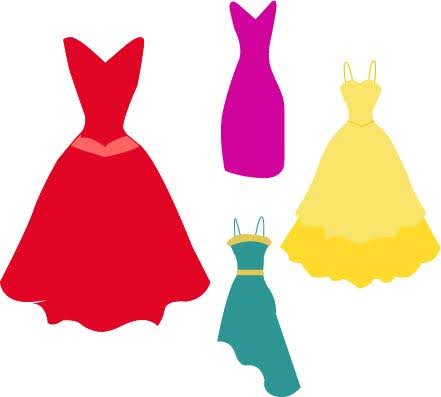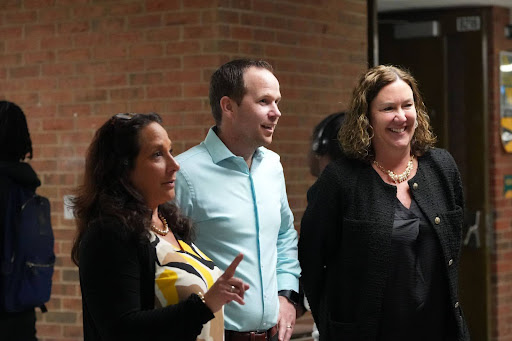Closing the Electoral College
November 12, 2016
I woke up Tuesday morning with a newfound vigor. I was excited for the day to come, and the four years ahead.
After waking up I checked The UpShot, and saw Hillary Clinton’s face accompanied by her chance of becoming our next president. The morning of the election, she had an 82 percent chance of winning.
I was excited. I was ready for our first female president. I was prepared for Obama’s legacy to be carried on for the next four years. I anxiously anticipated her victory: the confetti that looks like shattered glass filling her election-night party, her and Tim Kaine beaming as they officially hit 270 electorates. I stayed up later than usual to watch what would never happen. But nevertheless I was ready.
But the Electoral College wasn’t. Clinton won the popular vote, and should’ve shattered the glass ceiling, but Trump won the Electoral College, and is the next president.
The Electoral College has failed us, and this isn’t the first time. In 2000, Democrat Al Gore lost the election, but garnered more votes. And on Tuesday, Clinton beat Trump in terms of number of votes, yet Trump is now President-Elect.
When you aren’t doing well in a class, even though you’ve tried and tried and tried again to make the best of your situation, what do you do? You drop it. Likewise, we need to drop our Electoral College.
The Electoral College was created when slavery was legal and a slave counted as three-fifths of their white counterparts. So it made sense to base it off of population per state, especially when some states had a large slave population, and others had barely any. It was also formed during a time when parties didn’t exist, and a two-party system was discouraged. In the framers’ minds, there would be four or five people (with an equal chance of winning) vying for the presidency. If that were the case on Tuesday, the map would’ve been a lot more colorful.
On top of that, it was made because the people in charge didn’t believe that citizens were informed enough to make a sound decision, so creating an Electoral College to choose the president would help keep the election in the hands of politicians. I can confidently say that with TV, newspapers and social media, most of the voters today knew enough about the candidates to make an educated choice.
Every 10 years, the number of Electoral College seats per state change based off of the result of the census. But, even with an evolving map, it is still disproportionate. So, even though only 584,153 people live in Wyoming (in 2014), they are given three votes in the Electoral College. Now compare Wyoming to California. The population in California is 38,800,000 (as of 2014), which is over 66 times larger than Wyoming’s. Yet California is only allocated 55 electoral college votes, and that is only a little bit more than 18 times the number of college votes than Wyoming. The math doesn’t add up.
The Electoral College favors a winner-takes-all system which, like many other things about the college, doesn’t reflect voting trends. Saying that California is blue is true in terms of votes, but the map broken up by county is more nuanced. Similarly, Trump may have won Michigan, but countys like Wayne, which houses Detroit and Grosse Pointe, favored Clinton.
Voting for president offers a chance for registered voters to voice their opinions. Their singular opinion. They are voting for themselves, not for their state’s Electoral College members. We need a system that accurately represents the will of the people, and the Electoral College isn’t making the grade.













